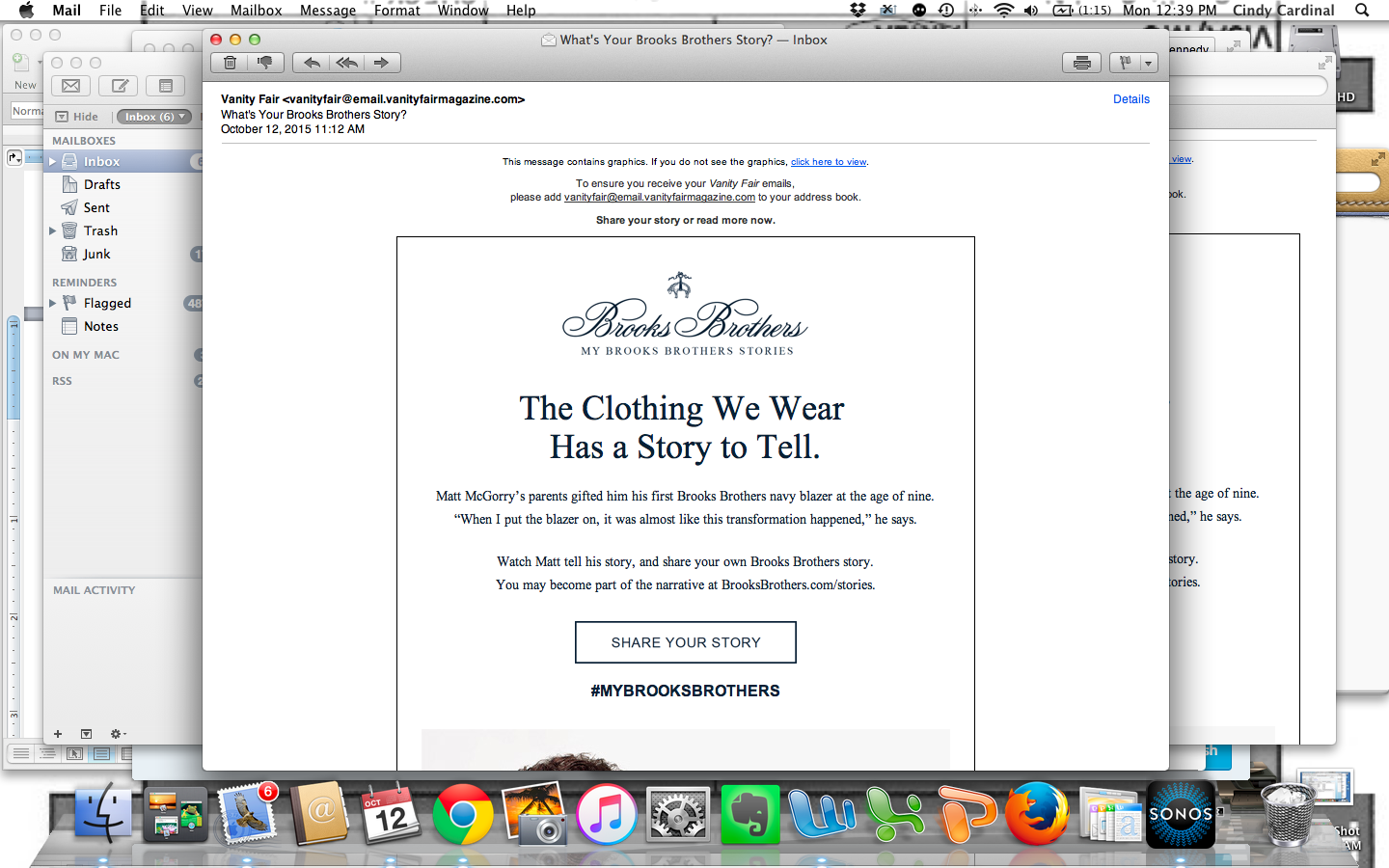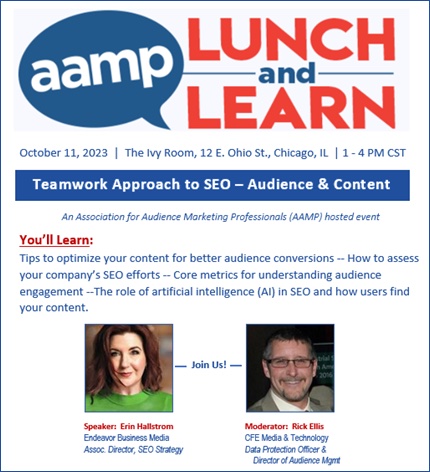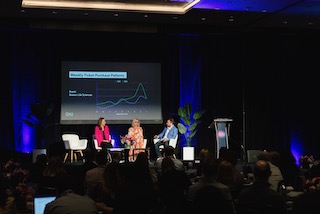Ad Blocking–It’s here. It’s growing. It’s going to impact your business.
Benefits of Monetizing Your Data
September 11, 2015How far will you stretch?
November 4, 2015Ad Blocking–It’s here. It’s growing. It’s going to impact your business.
THE trending marketing buzzwords for the 4th quarter 2015 right now are “ad blocking”. For the uninitiated, ad blocking programs allow the user to block ads from websites. Especially on mobile devices, this helps to decrease download times and page crashes.
Ad blocking is not a new phenomenon, since Google Chrome and other browsers have offered it for several years on the desktop. But, it has been pushed to the forefront by Apple’s iOS9.0 update. This update gives the tools to allow for creation of apps that can block ads on mobile devices.
Many recent articles—from Smartinsights to Google’s own data in The Verge—report that more people are using their mobile devices than desktops to search the internet/read their emails/spend their free time.
PageFair, with Adobe, estimates that in the US alone, blocked revenue is 2015 is estimated to be $10.7B. Ad blocking is currently more prevalent in Europe, but the global cost of ad blocking in 2016 is estimated at $41.4B.
This will have a huge impact on multi-media publishers. Many have an increasing portion of their revenue coming from on-line advertisements, which many of their targets will now not see.
Talking to clients, many are unaware of ad blocking or its impact on their bottom line. Some naively think this might not impact their revenue—it most certainly will impact all of them.
After sharing some statistics, the panic sets in. What can we do? How can we keep some of this lost revenue?
–For the current time, increasing “sponsored content” in lieu of ads can recuperate some lost revenue. So far, “sponsored content” is not being blocked. I have already seen editors formerly against sponsored content or native advertising quickly realize this is an option they will accept in today’s competitive market.
–Advertisers can also create “non intrusive” ads that will not be blocked. Whether the reader will respond to them as much as current ads has yet to be determined.
–Sales can try to convert some online ad revenue to other product streams—white papers with pay-per-lead, online and in-person events, research, magazine advertising.
–I think we will start to receive more “sponsored” emails with advertising content. This may work in the short-term, but I think it will fatigue already extremely overused email lists. If you do this, be sure to segment your list carefully to avoid overuse. Here is a screen shot of one such ad I received today from Vanity Fair: 
Feel free to share any of your ideas or plans here.I am sure that there will be many other innovative ideas to block ads and to circumvent these ad blocking on mobile devices.
The journey continues.
C




